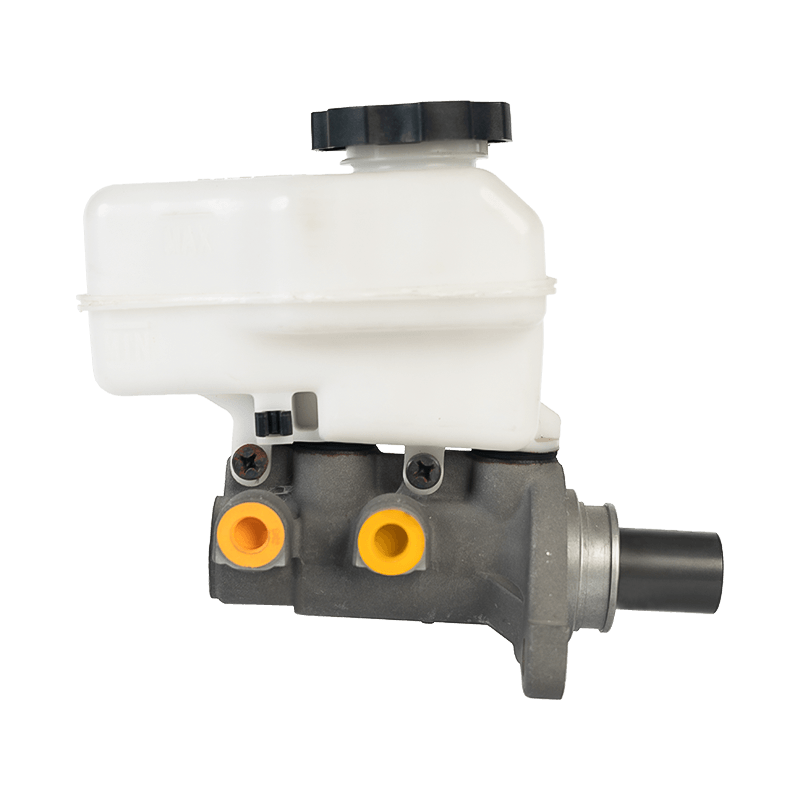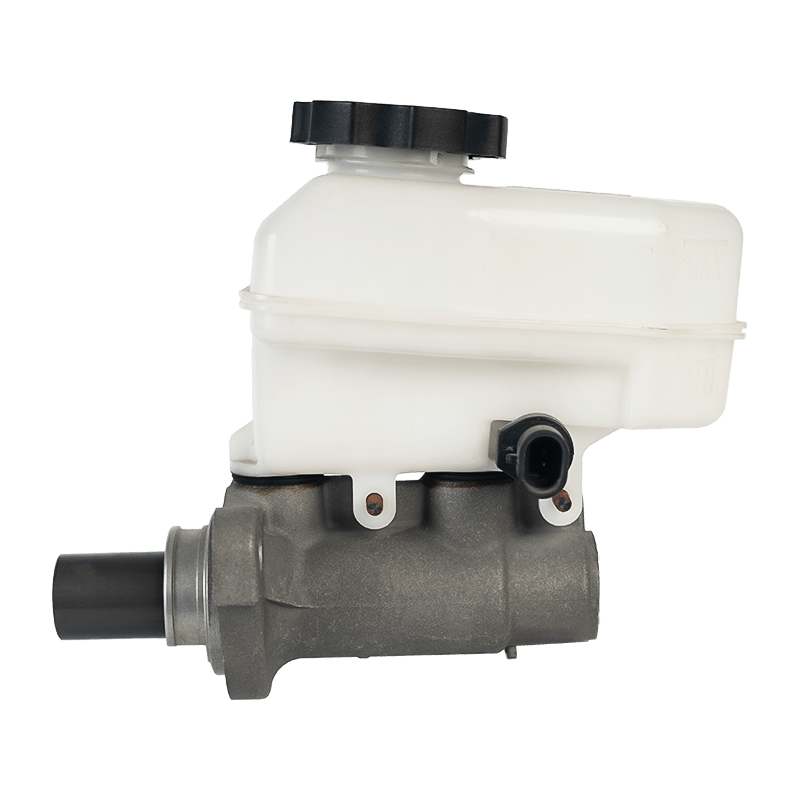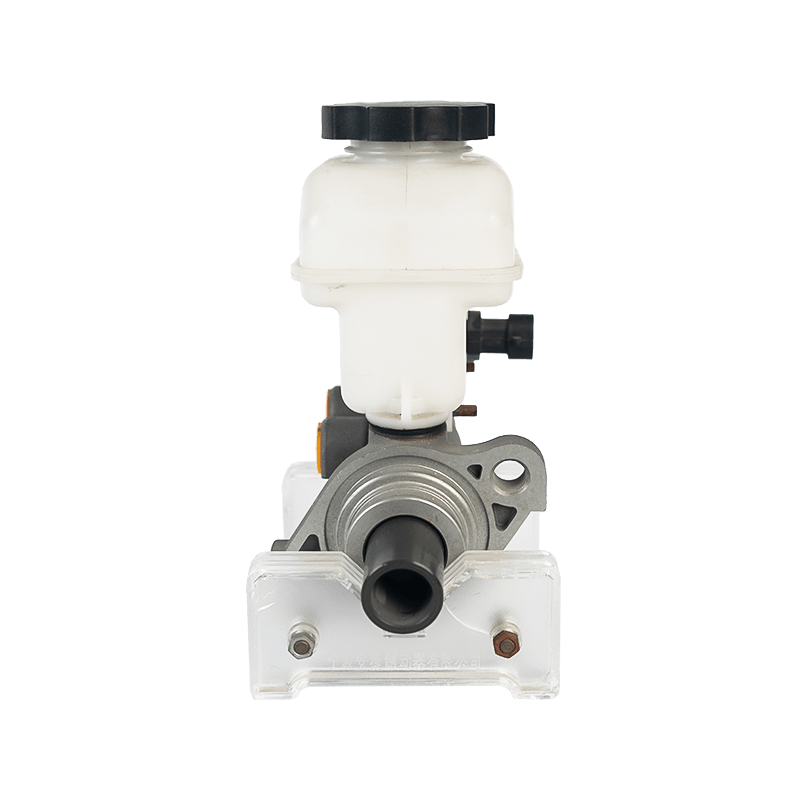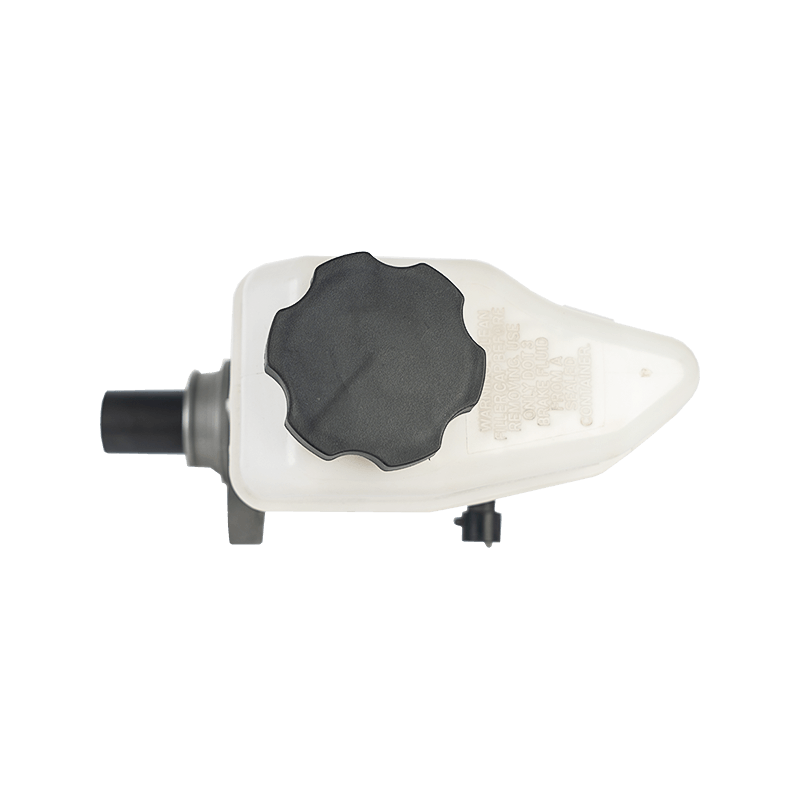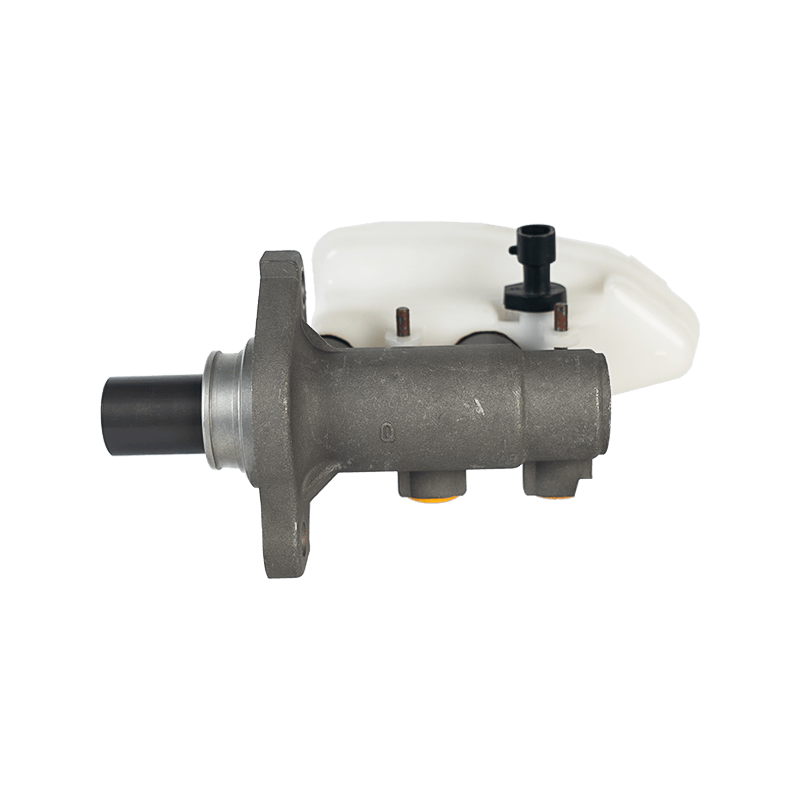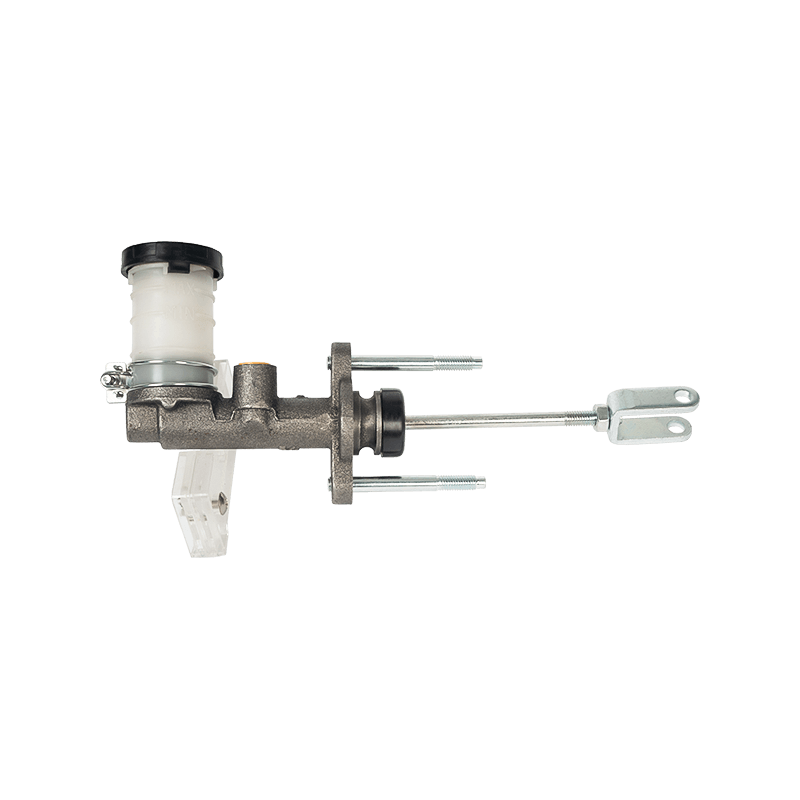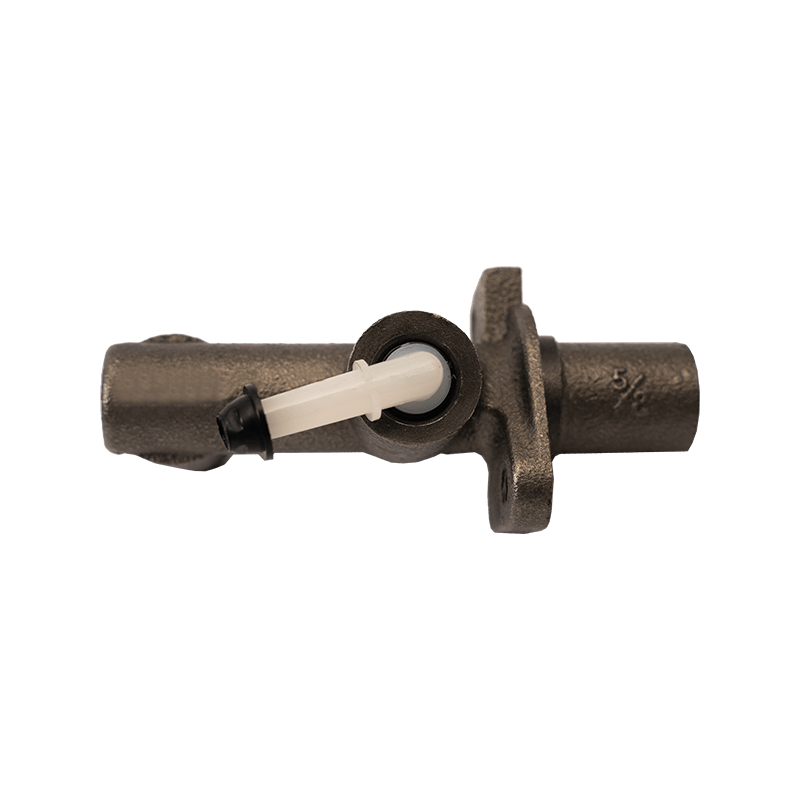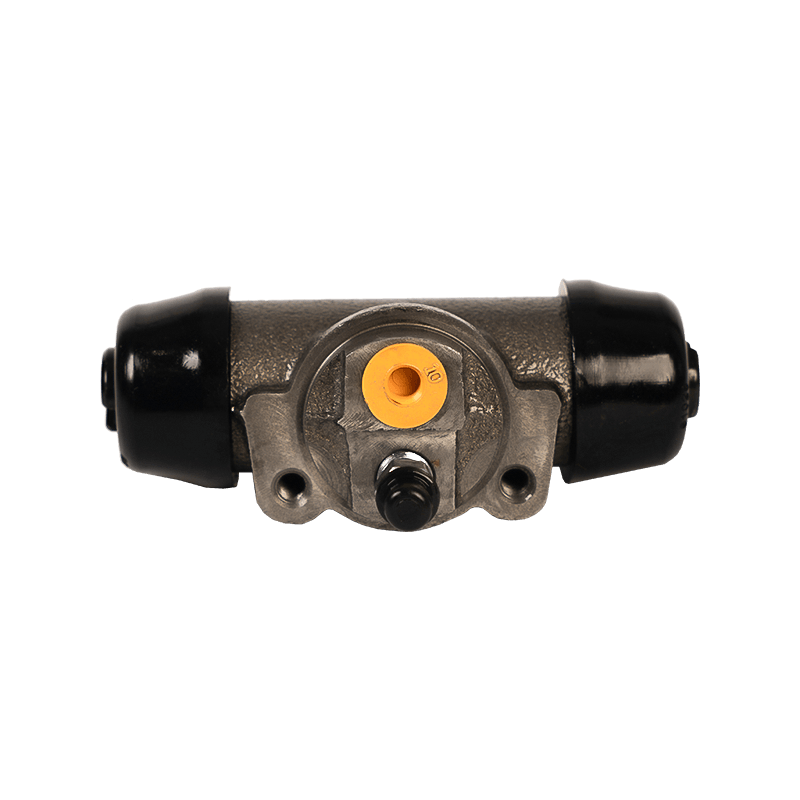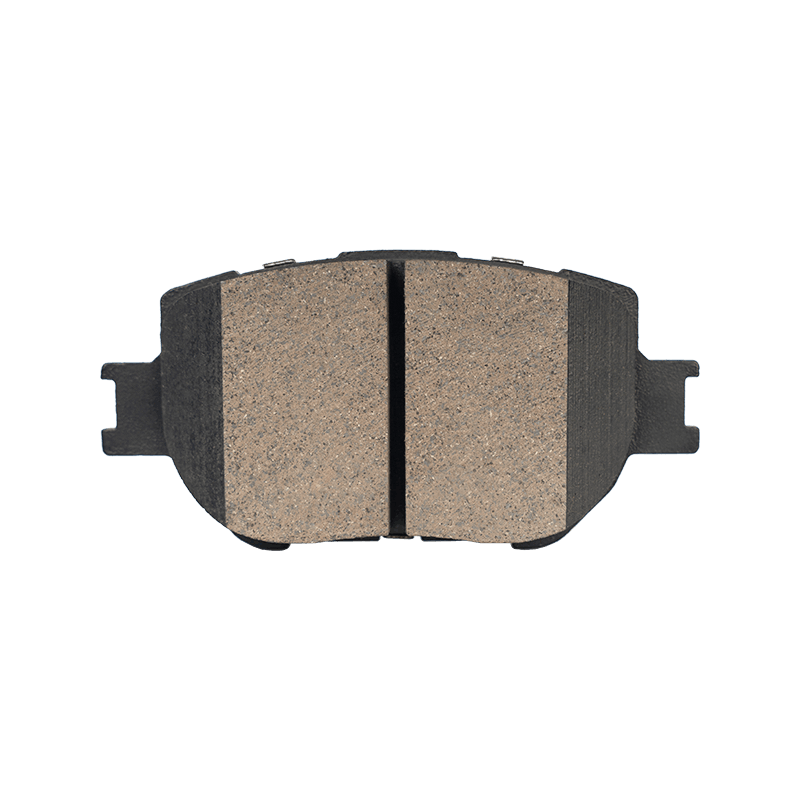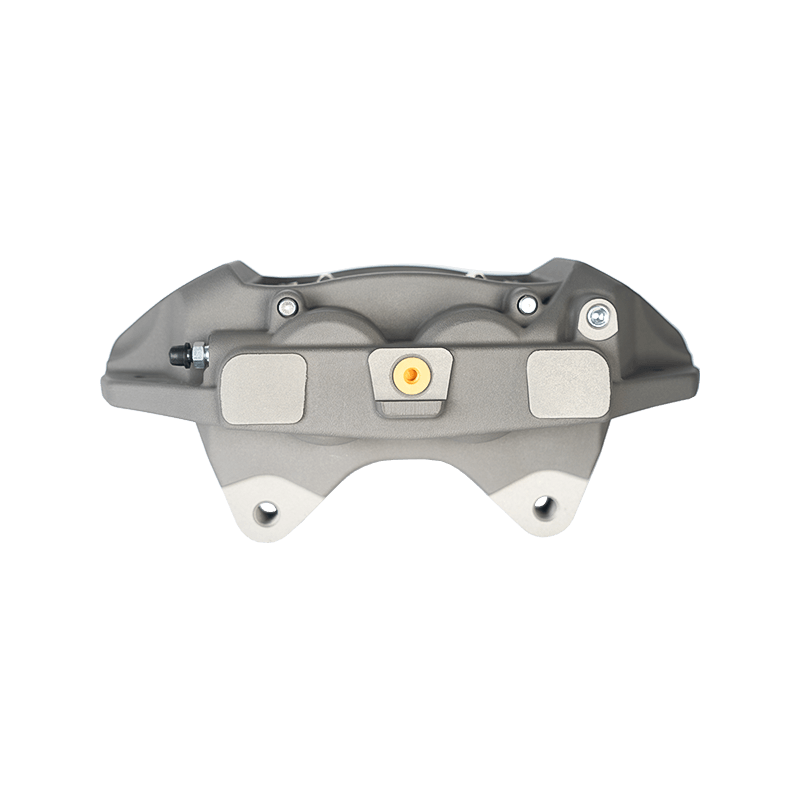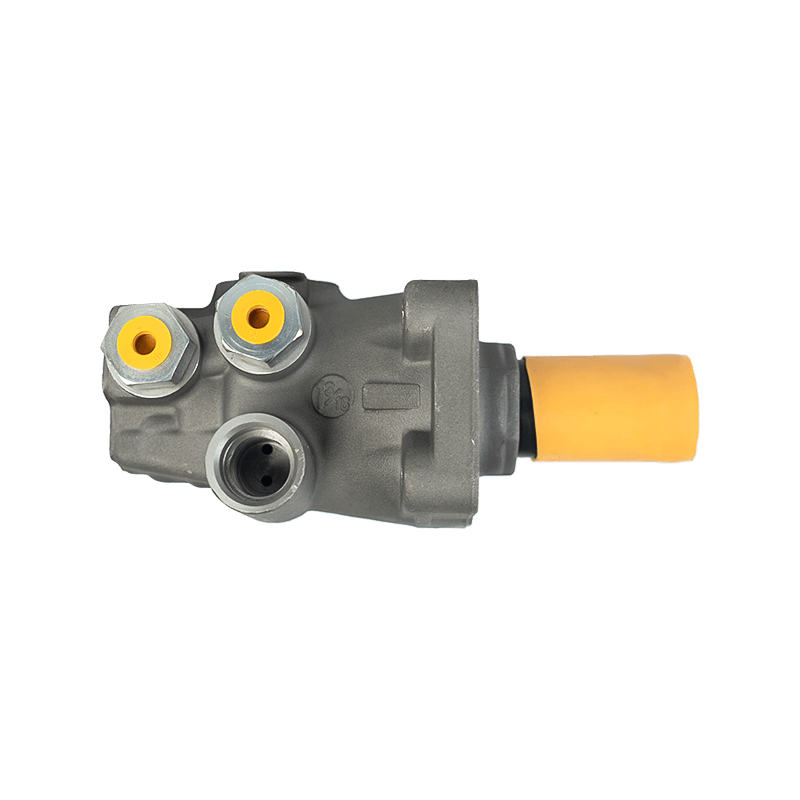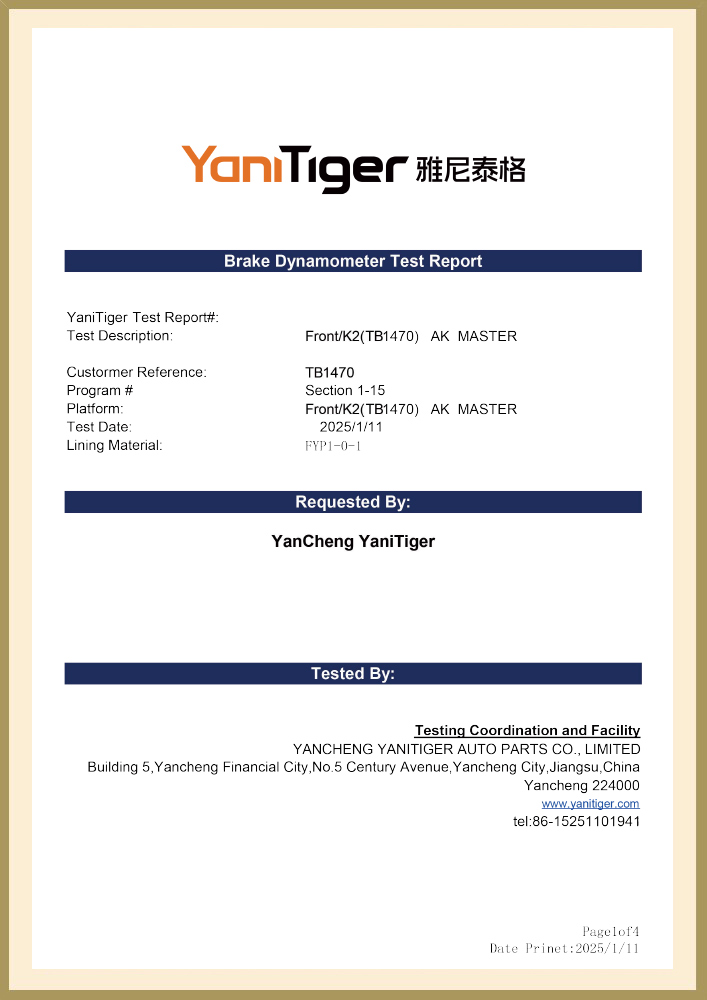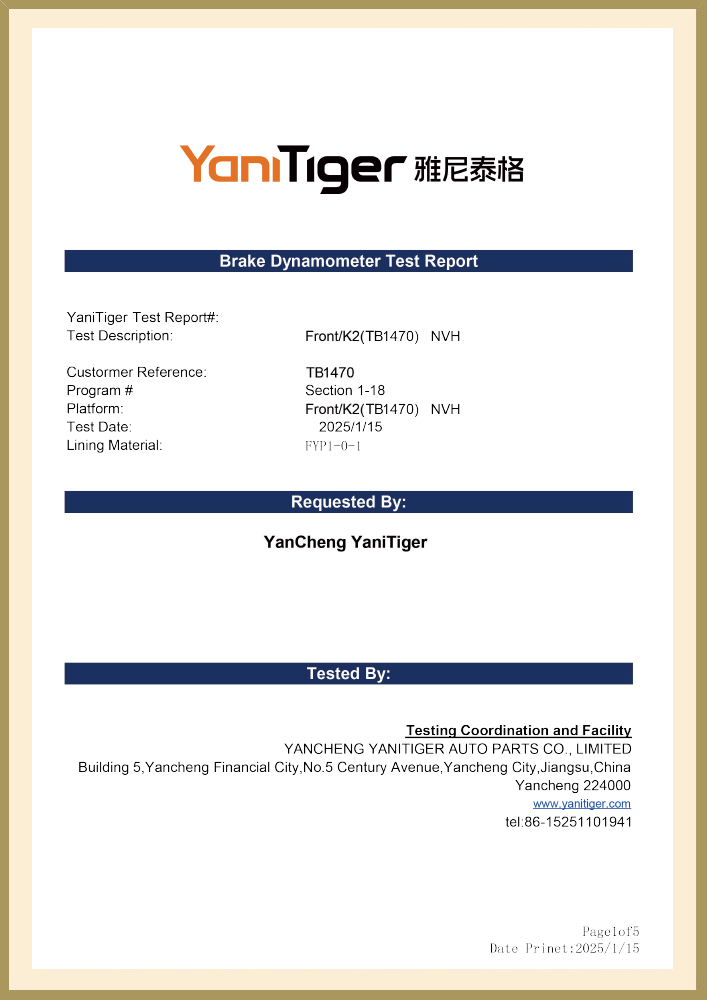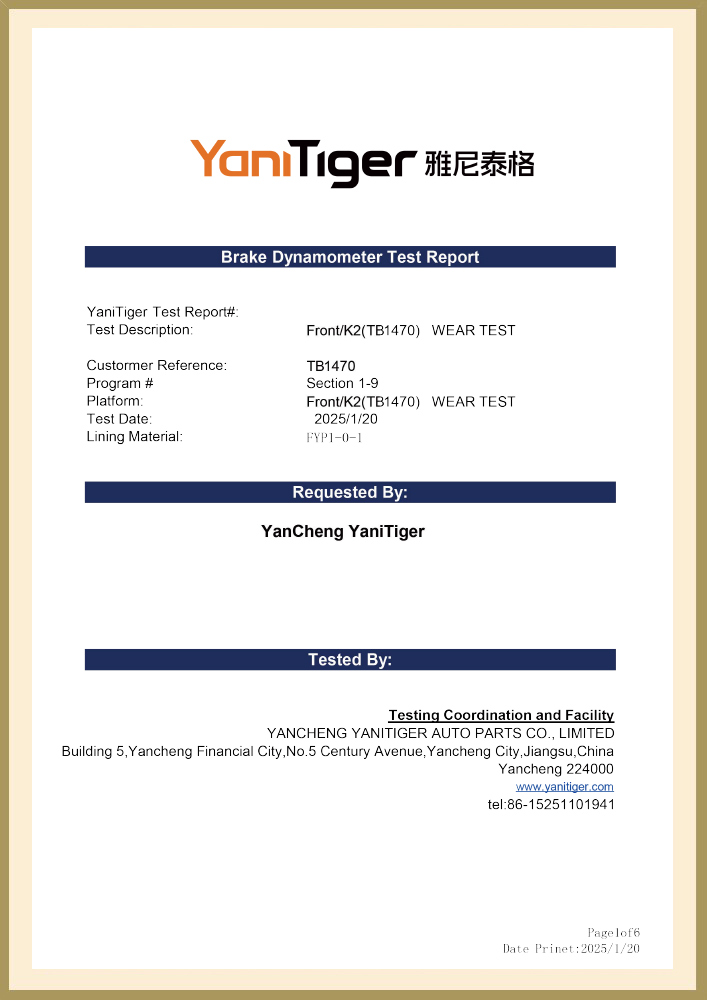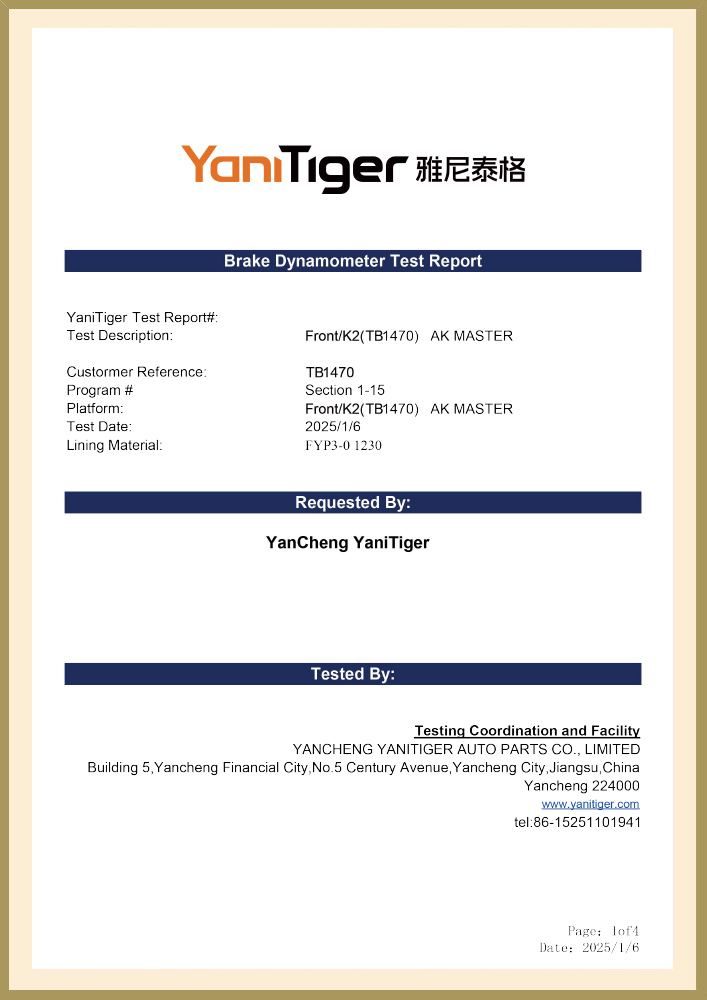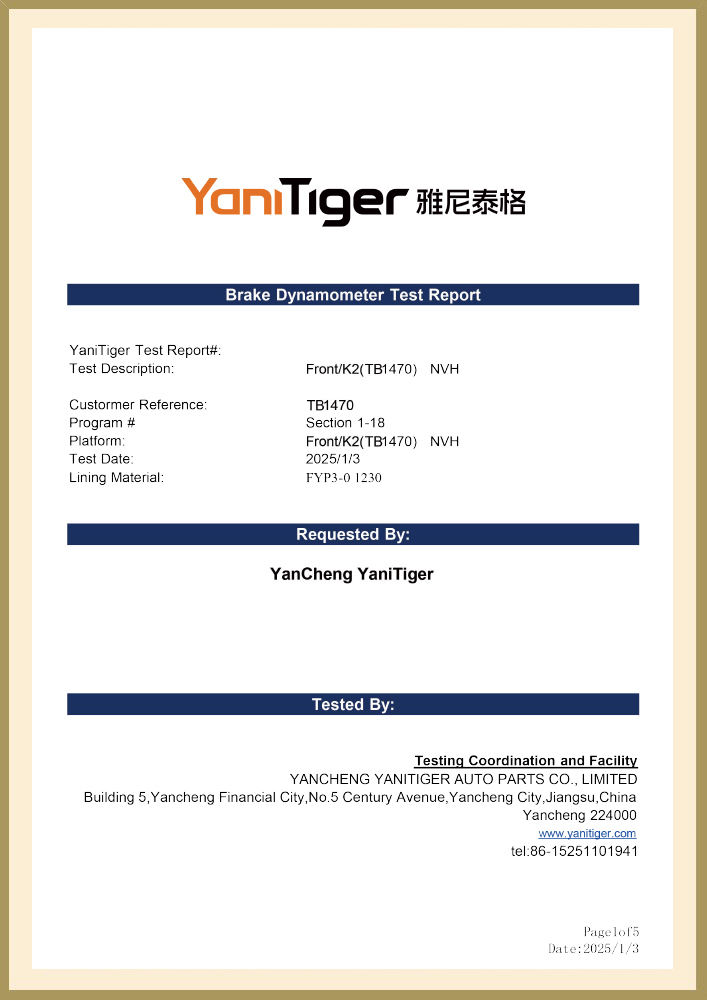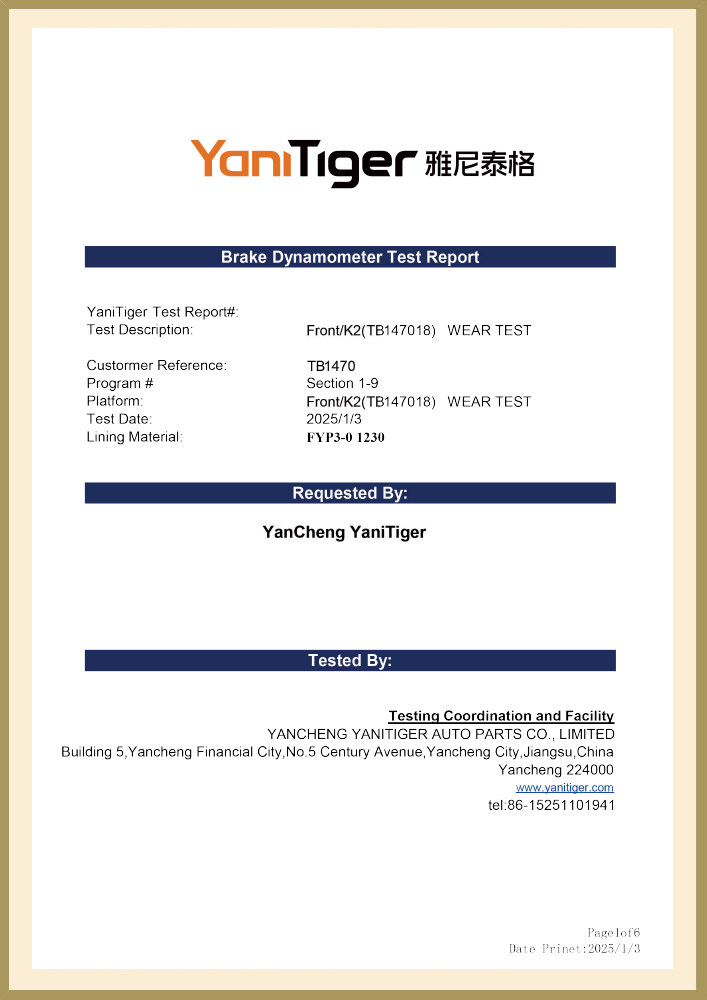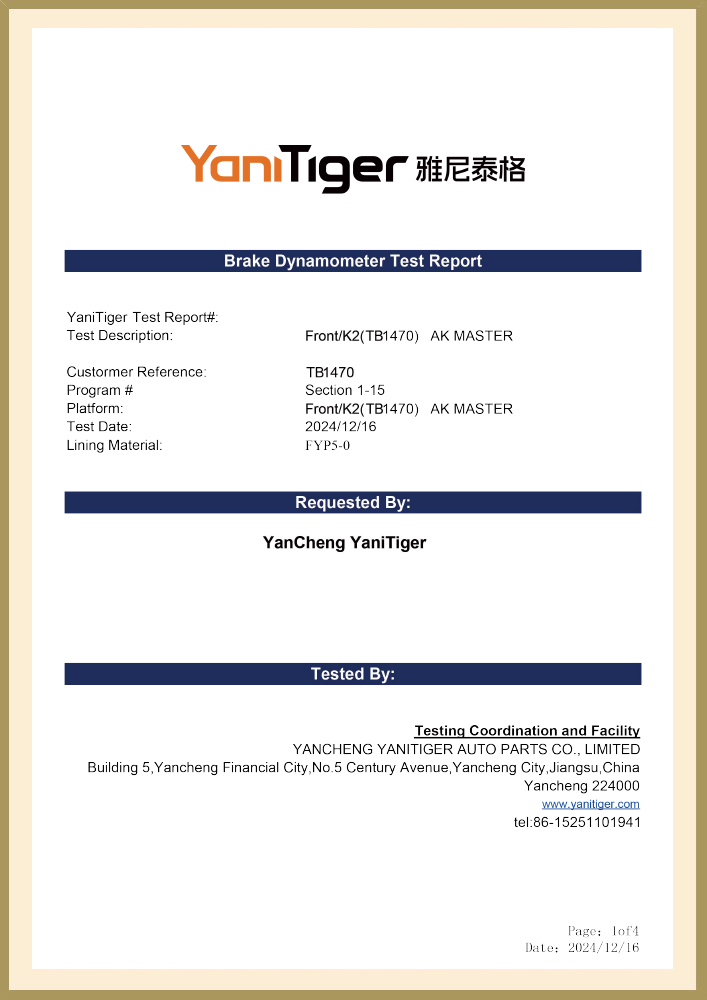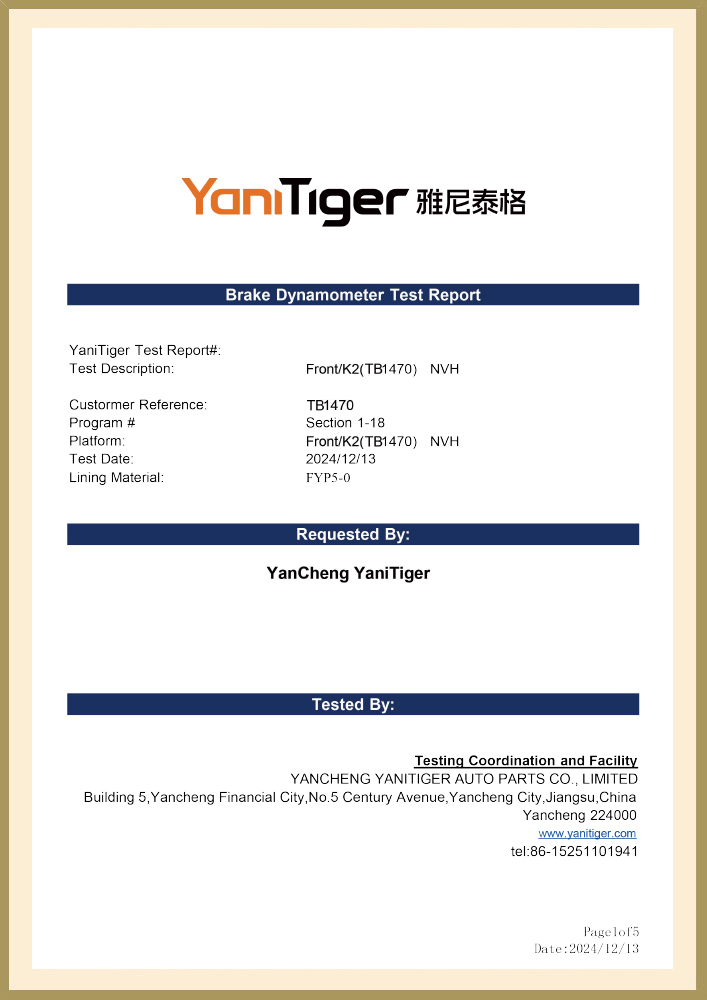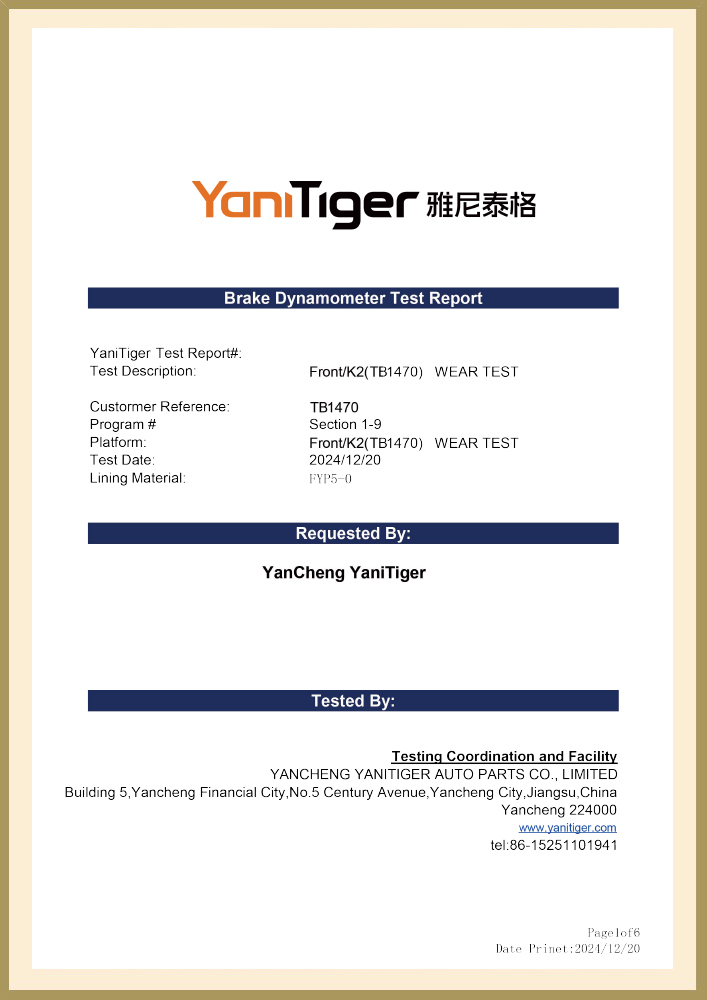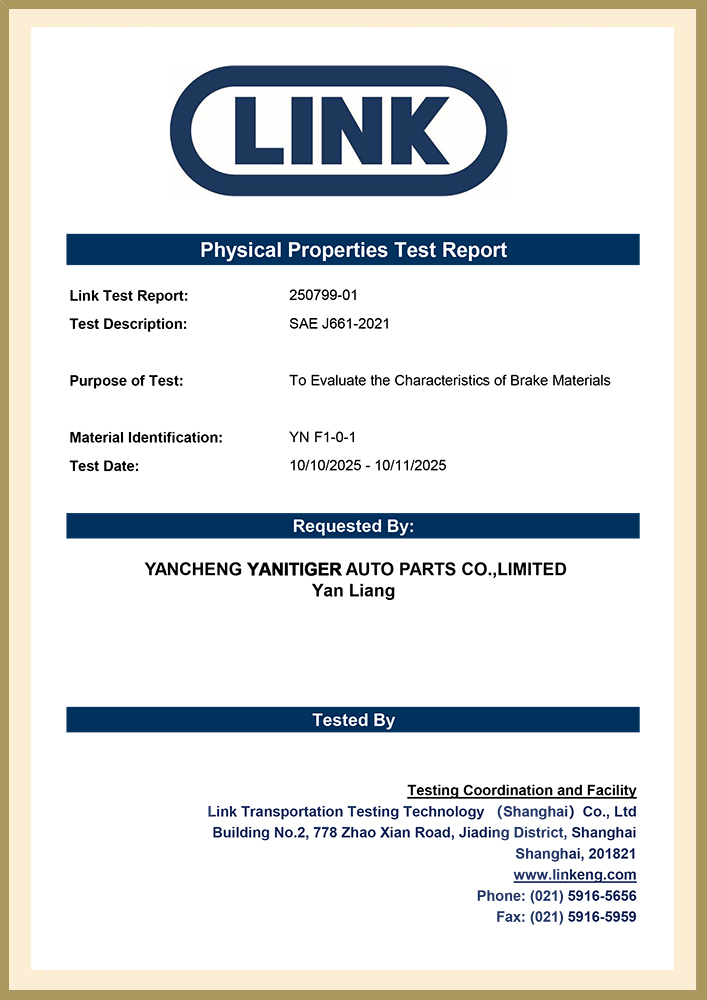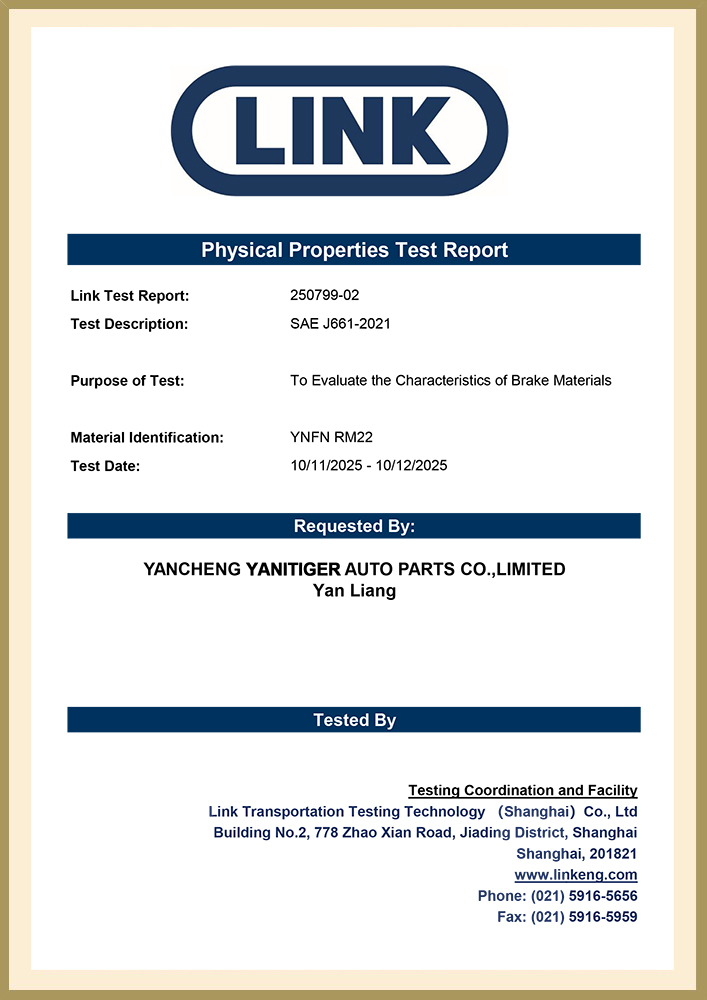20885005 Brake Master Cylinder for Chevrolet
It converts the pressure on the brake pedal to hydraulic pressure by feeding brake fluid into the brake circuit and controlling this according to the mechanical force. Master brake cylinders are used both in disc brakes and drum brakes.
|
OE NO |
20885005 |
|
DESCRIP |
BMC |
|
MODEL |
Chevrolet |

Specifications
KEEP IN TOUCH
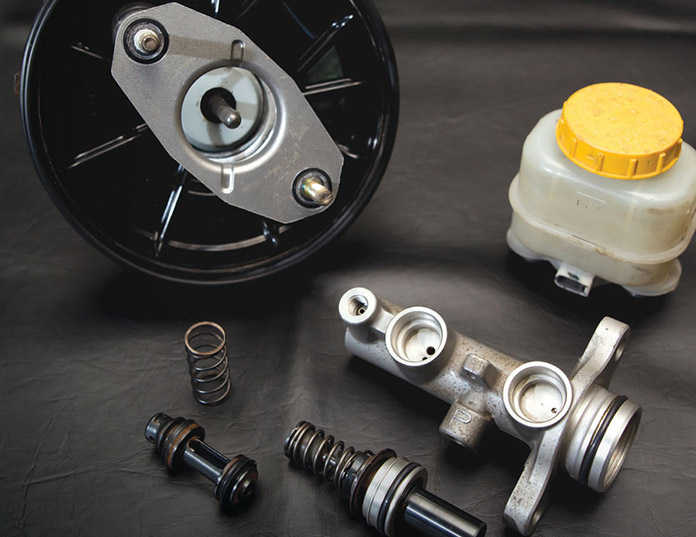
We have more than 1,000 brake shoes and brake pads for European, American, Russian, Japanese and Korean cars. The associated factories have created a highly experienced manufacturing team that exports thousands of auto part products worldwide. High quality and competitive prices are our targets. Our products have gained the certifications of ISO9001 and TS16949. We have built up a solid reputation with our customers in more than 30 countries.
We are looking forward to having a brighter and more successful business in the near future together with all of our clients all over the world.
-
Brake pads are undoubtedly one of the most important safety components in car maintenance. Among the many types of brake pads, ceramic brake pads and ...
READ MORE -
The hydraulic braking system is one of the most critical safety components of a car, and the master cylinder (brake master cylinder) is the "heart" of...
READ MORE -
Choosing the right brake pads is crucial, as it directly impacts your driving safety, driving experience, and vehicle maintenance costs. Step 1: Under...
READ MORE -
1. Ensure Braking Performance and Safety The coefficient of friction between the brake pads and brake discs directly determines the braking effect. An...
READ MORE
Chevrolet 20885005 Brake Master Cylinder is a hydraulic brake core component designed for Impala series models. As the pressure conversion center of the brake system, its core function is to accurately convert the driver's pedal force into hydraulic energy, and achieve balanced distribution of front and rear wheel braking force through a dual-chamber series structure. The master cylinder is cast with high-strength alloy material, and the master cylinder diameter is precisely engineered to withstand 32MPa hydraulic pressure.
The master cylinder adopts a dual-chamber series structure and fast filling valve technology to ensure hydraulic stability under special braking conditions. The piston sealing system is made of high-temperature resistant fluororubber material, with an operating temperature range of -40℃ to 180℃, a stable friction coefficient of 0.38-0.42, and a hydraulic pressure fluctuation range of less than 0.5MPa after 15 consecutive emergency braking.
In product application, if the vehicle has an increase in brake pedal virtual position or uneven braking force distribution, it is recommended to check the master cylinder sealing system first. After the mileage exceeds 80,000 kilometers, if the scratch depth on the inner wall of the master cylinder exceeds 0.1mm or the piston stroke deviation exceeds 3mm, the assembly must be replaced directly and the brake fluid must be updated simultaneously.
 Search
Search
 Eng
Eng 
 English
English Español
Español Português
Português


